Enjoying using it.
The item seems like a real Arduino Leonardo. I've been enjoying using it a lot.
Free Delivery on Orders Above Rs 500/- Pan-India
Safely Delivering Genuine Products PAN INDIA
Cash on Delivery Available for Orders above Rs.500/- and Upto Rs 3000/-
GST Invoices for Your Business
Dedicated Technical Support Team
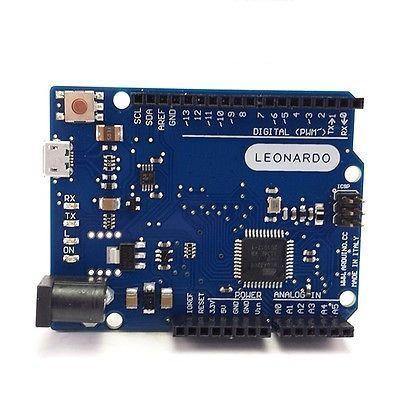
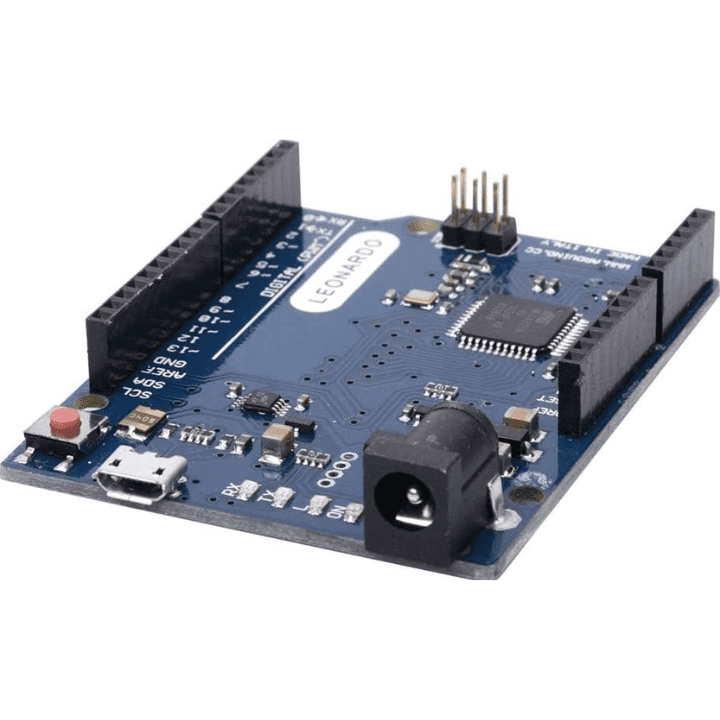
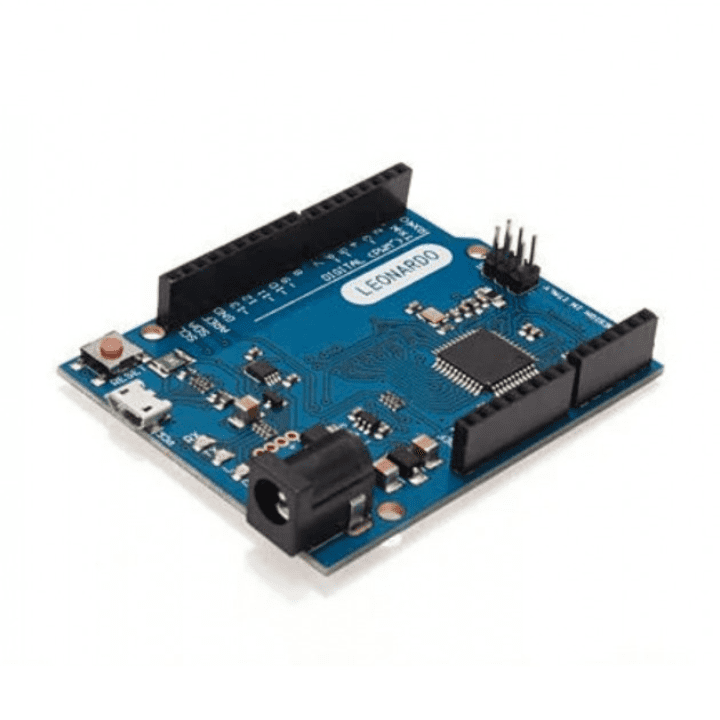
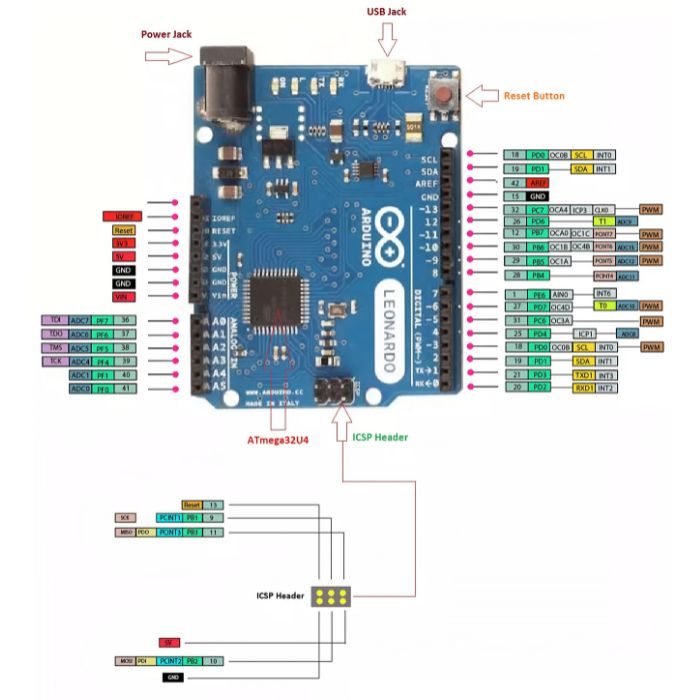
Robocraze
Couldn't load pickup availability
The Leonardo R3 Board Micro-USB Arduino Compatible is a microcontroller board based on the ATmega32u4. It has 20 digital input/output pins (seven PWM outputs and twelve analogue inputs), a 16 MHz crystal oscillator, a micro USB connection, a power jack, an ICSP header, and a reset button.
The Leonardo R3 board includes everything needed to support the microcontroller; simply connect it to a computer via USB or power it via an AC-to-DC adapter or battery to get started. The Leonardo R3 Board differs from all previous boards in that the ATmega32u4 has built-in USB communication, eliminating the need for a secondary processor. This allows the Leonardo to appear to a connected computer as a mouse and keyboard; in addition to a virtual (CDC) serial / COM port. It also has other ramifications for the board's behavior.

Also check Keyes MOS Driving Module. It is a breakout board for the IRF520 MOSFET transistor. It is designed to allow you to control high-power DC loads from a microcontroller. You can use it to control things like LEDs, DC motors, and solenoid valves.
| Microcontroller | ATmega32u4 |
| Board Mode | Leonardo R3 |
| Operating Voltage | 5V |
| Input Voltage (Recommended) | 7-12V |
| Digital I/O Pins | 20 |
| PWM Channels | 7 |
| Analog Input Channels | 12 |
| Dimensions | 5 x 4 x 1cms |
| Weight | 10 grams |
| Clock Speed | 16 MHz |
| Flash Memory | 32 KB (ATmega32u4) of which 4 KB used by bootloader |
For more details, please check our Shipping and Return Policy
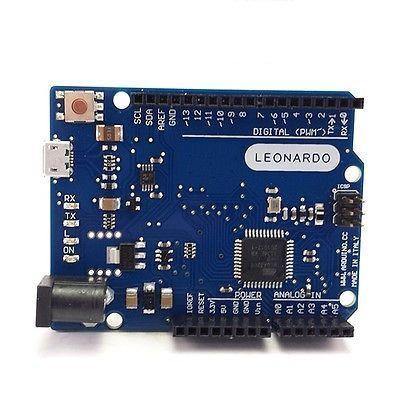
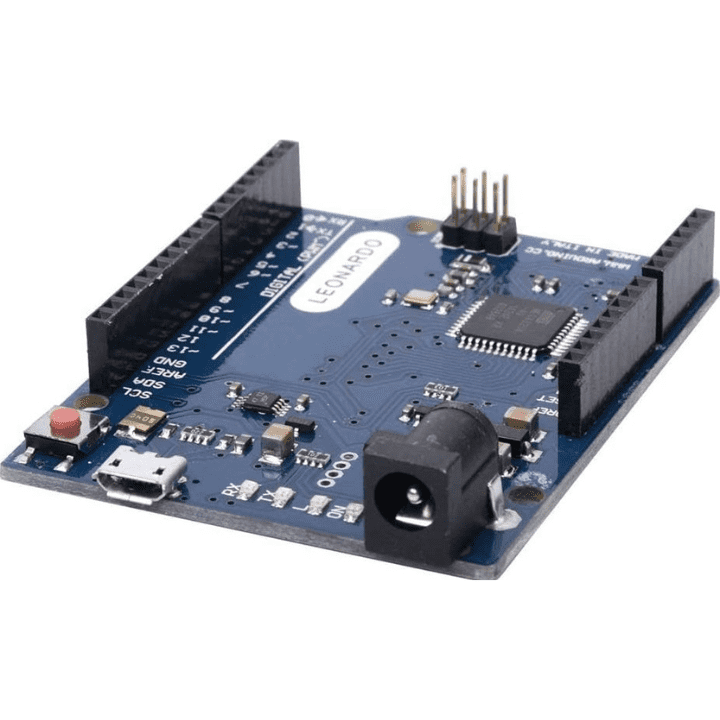
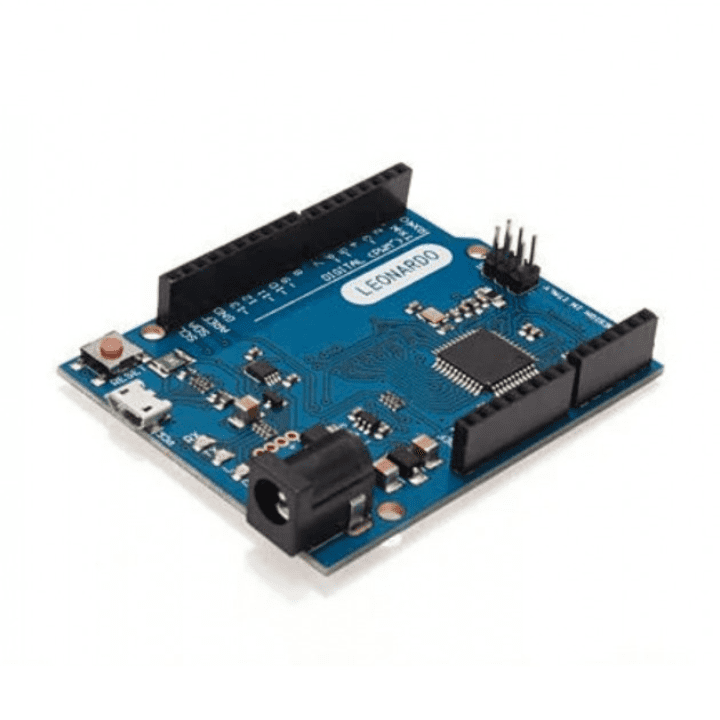
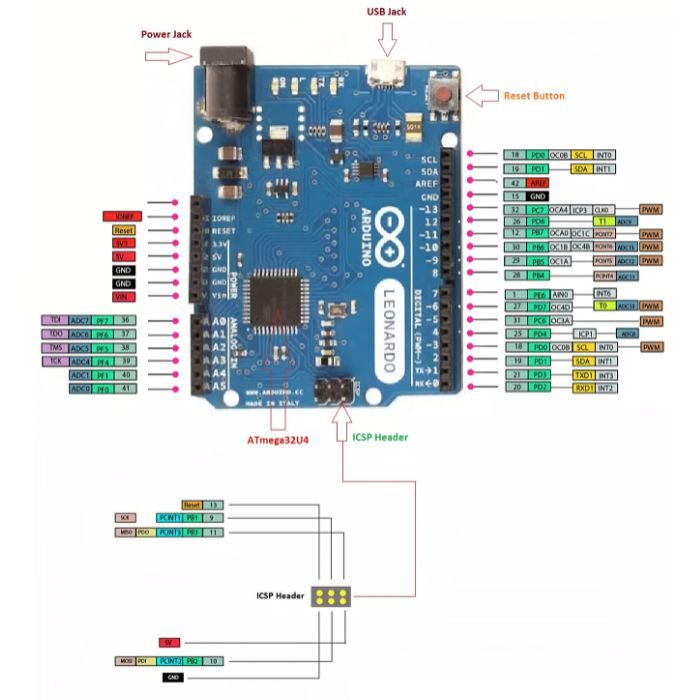
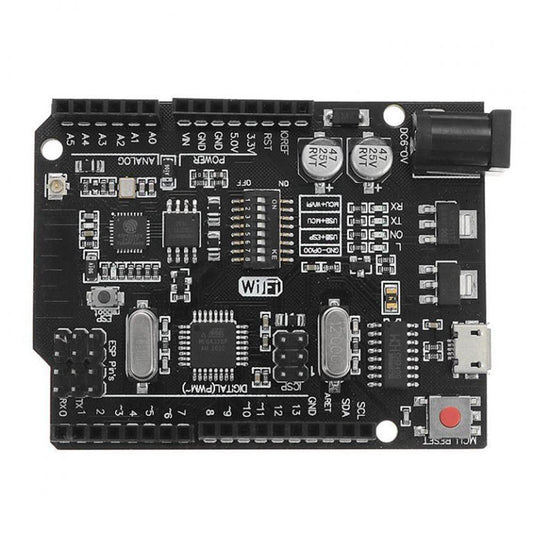
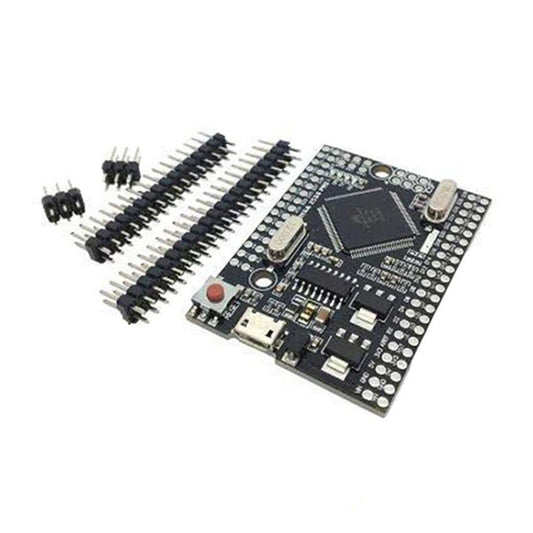
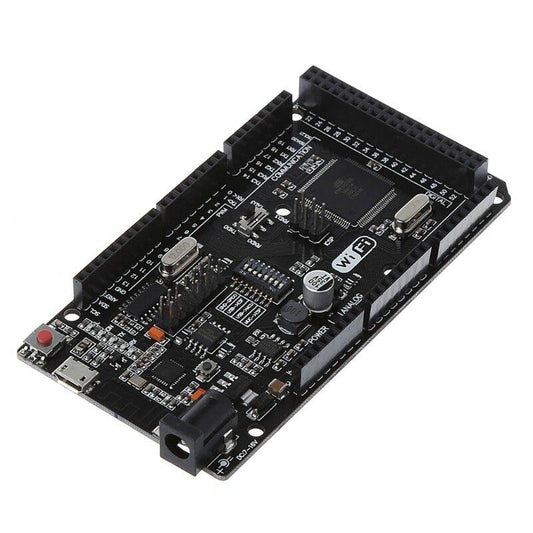
Arduino Leonardo is a microcontroller board based on the ATmega32U4 microcontroller. It is part of the Arduino family of microcontroller boards, which are popular for building electronic projects due to their simplicity and versatility. It has a USB interface, which can be used to connect to a computer or other devices and communicate with them using USB protocols. This makes it easy to program and debug the board using a standard USB connection. It has 20 digital input/output pins and 7 analog input pins, which can be used to connect sensors, actuators, and other electronic components.
It is not clear if the Arduino Leonardo is currently in production or if it has been discontinued. It is possible that it is no longer being produced, or that it is only available from certain retailers or distributors. In general, Arduino releases new versions of its microcontroller boards periodically, and it is possible that the Leonardo has been replaced with a newer model. It is always a good idea to check the Arduino website or contact the company directly to get the most up-to-date information on the availability of a specific product.
If you are looking for a microcontroller board similar to the Arduino Leonardo, you may want to consider other Arduino boards such as the Arduino Uno or the Arduino Mega, which have many of the same features as the Leonardo and may be more widely available.
Both the Arduino Leonardo and the Arduino Uno are popular microcontroller boards that are widely used for building electronic projects. Both boards have their own set of features and capabilities, and which one is "better" for a particular project will depend on the specific requirements and goals of that project. Here are some key differences between the Arduino Leonardo and the Arduino Uno:
The Arduino Leonardo is a popular microcontroller board that is widely used for building electronic projects. It has a number of features that make it a good choice for many projects, including:
© 2023, TIF Labs Pvt. Ltd.
